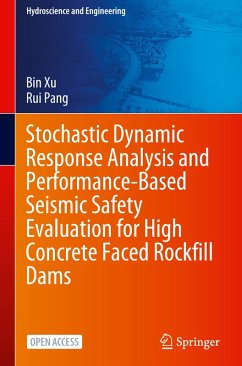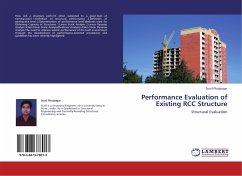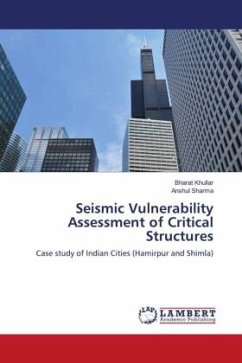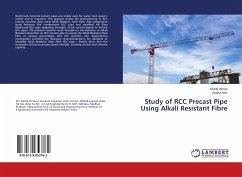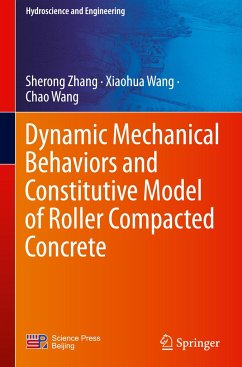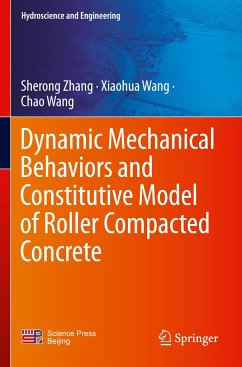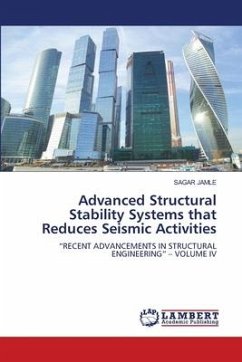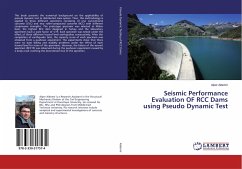
Seismic Performance Evaluation OF RCC Dams using Pseudo Dynamic Test
Versandkostenfrei!
Versandfertig in 6-10 Tagen
49,99 €
inkl. MwSt.

PAYBACK Punkte
25 °P sammeln!
This book presents the numerical background on the applicability of pseudo dynamic test to distributed mass system. Then, this methodology is applied to three different specimens consisting of one conventional concrete (CVC) and two roller-compacted concrete (RCC) with different compressive strengths. The prototype specimen was selected as Melen Dam, the highest RCC dam designed in Turkey and the laboratory specimens have a scale factor of 1/75. Each specimen was tested under the effect of three different hazard level earthquakes consecutively. After the completion of earthquake tests, the cap...
This book presents the numerical background on the applicability of pseudo dynamic test to distributed mass system. Then, this methodology is applied to three different specimens consisting of one conventional concrete (CVC) and two roller-compacted concrete (RCC) with different compressive strengths. The prototype specimen was selected as Melen Dam, the highest RCC dam designed in Turkey and the laboratory specimens have a scale factor of 1/75. Each specimen was tested under the effect of three different hazard level earthquakes consecutively. After the completion of earthquake tests, the capacity curve of each specimen was obtained from a pushover experiment. The experiments show that there were no base sliding and stability problems under the effect of each hazard level for none of the specimens. However, the failure of the second specimen (RCC15) was observed during the pushover experiment caused by a body crack reaching the downstream toe of the specimen.



